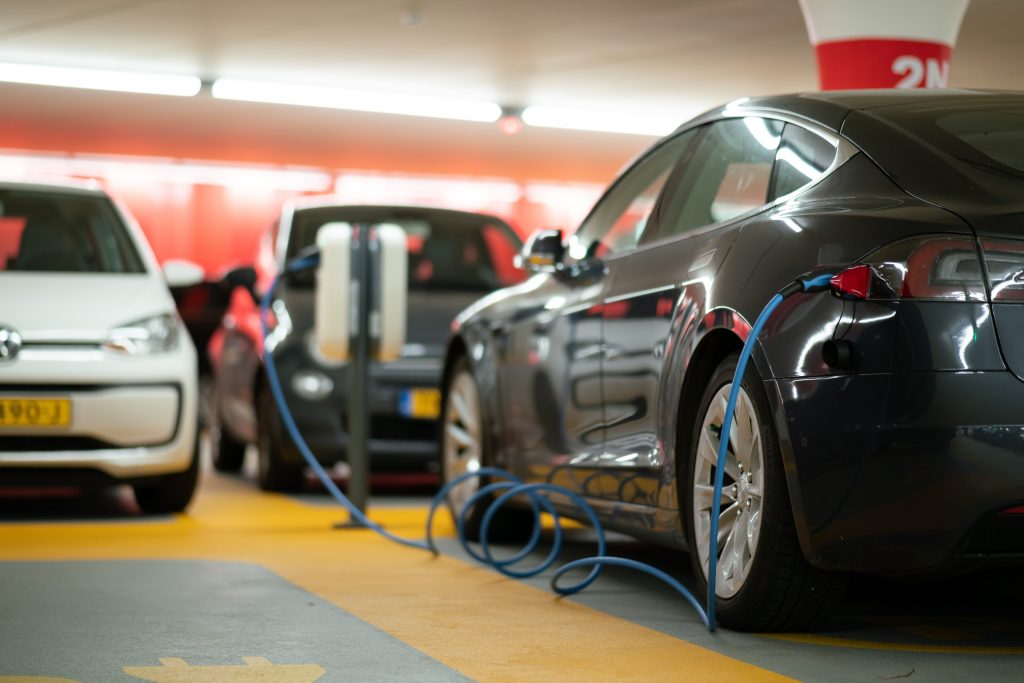Last updated on September 21st, 2023
 They are most certainly not! The idea of a battery powered car is an old notion, but as technology advances our knowledge does as well. An old idea is blossoming in the new age era. During these times we currently have the technology, labor, and financial backing to make innovative and forward-thinking ideas like this come alive.
They are most certainly not! The idea of a battery powered car is an old notion, but as technology advances our knowledge does as well. An old idea is blossoming in the new age era. During these times we currently have the technology, labor, and financial backing to make innovative and forward-thinking ideas like this come alive.
Thoughts and designs of battery-powered cars were constructed in the early 2000’s, but our dot-com driven minds played a huge role in not too much action being done about it. After the internet hype died down and we began to adopt the change, the battery-powered car came back on the scene. What made this such a concern? Many words can be the answer to that question but the main concern was the environment and how this affected the Earth. Our planet does a fantastic job keeping our well-being and provides us with everything that we need to function. So, since the planet scratches our backs and puts food in our mouths, we are humans decided it was time to frame something to preserve the earth. As we moved forward and environmentalists began talking to politicians, the push for environmentally friendly vehicles arose. Not only did the idea of cars powered by sources other than gasoline begin to surface again, but the idea of how sustaining those vehicles would play in our future society.
Hybrid cars, such as the Toyota Prius, lead the race and have emerged as a pioneer in this market. To save on gas consumption and optimized gas efficiency the Prius is equipped with an EV button which is the ECO button. This one moderates the driver’s commands before sending them to the various powertrain elements. The ECO mode essentially applies a slow filter to everything, smoothing responses to avoid the sudden transient reactions that cause increased fuel consumption. For those times when you need just a bit more get up and go such as merging onto a crowded freeway, to the right of the ECO switch sits the Power button. But as you can imagine the Power button is not one you want to toy with. Although the Eco and Power buttons are certainly revolutions in how we drive our vehicles, it’s not uncommon for Toyota’s twin-step sibling Honda.
Capitalism would not be at its finest if Toyota and Honda didn’t compete. The original Honda Insight was remarkably fuel-efficient, it lastly lacked the practicality found both in “real cars” and Toyota’s four-door Prius. Years later, Honda revived the Insight name, determined to correct the original Insight’s shortcomings. The current-generation model combines a small gas engine with an electric motor that’s powered by a battery pack. The current powertrain falls short of its predecessor’s impressive 60-plus-mpg potential on the highway, but the second-generation Insight is a superior car in all other respects. Its convenient four-door hatchback design provides decent cargo space and a tight but usable rear seat, and it still returns around 40 mpg combined.
Although the Toyota Prius and Honda Insight are only two of the world’s hybrid vehicles, there are many more to follow in its footsteps. Volkswagen, Audi, and even BMW are a couple of manufacturers that are also joining the race.

No comment yet, add your voice below!